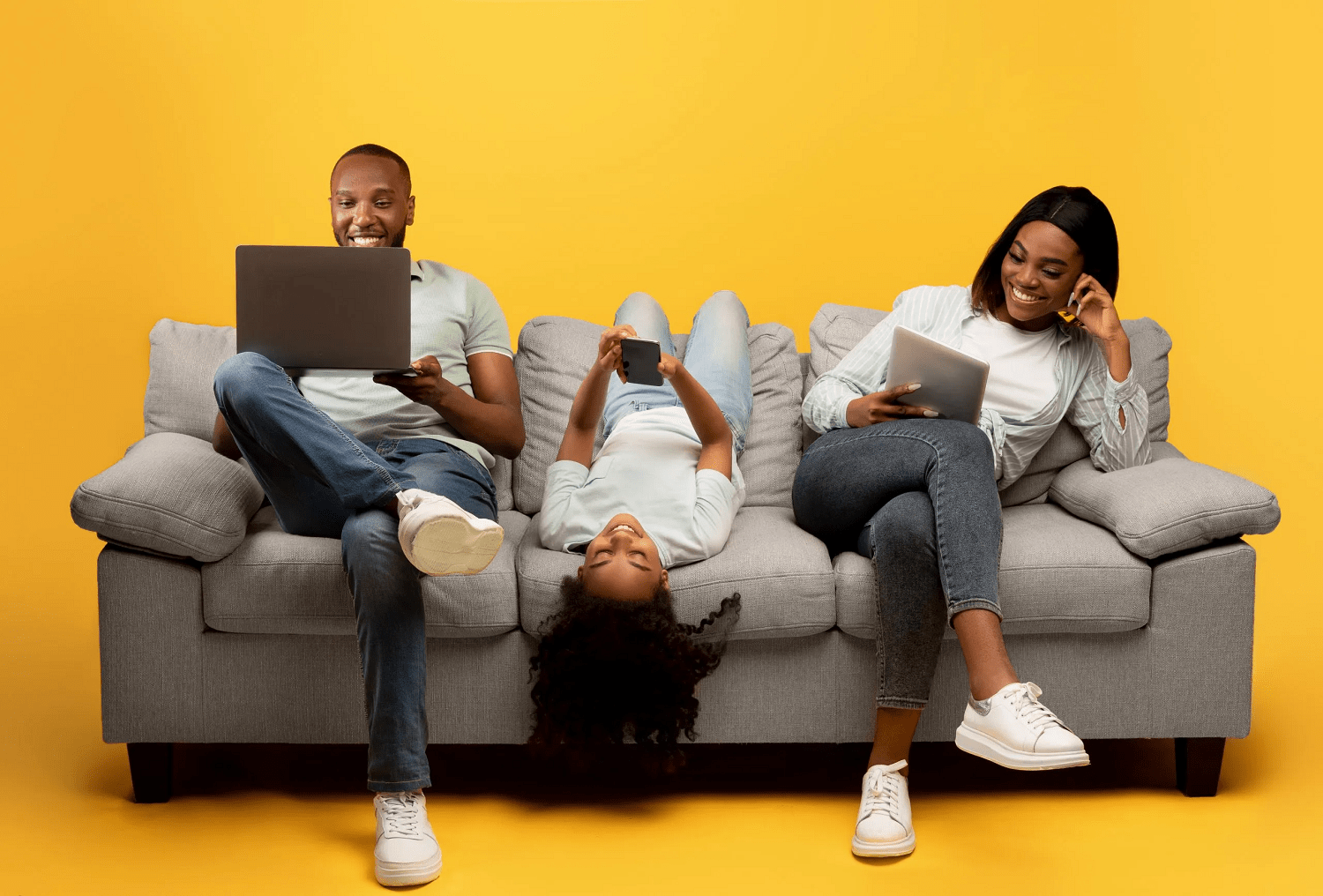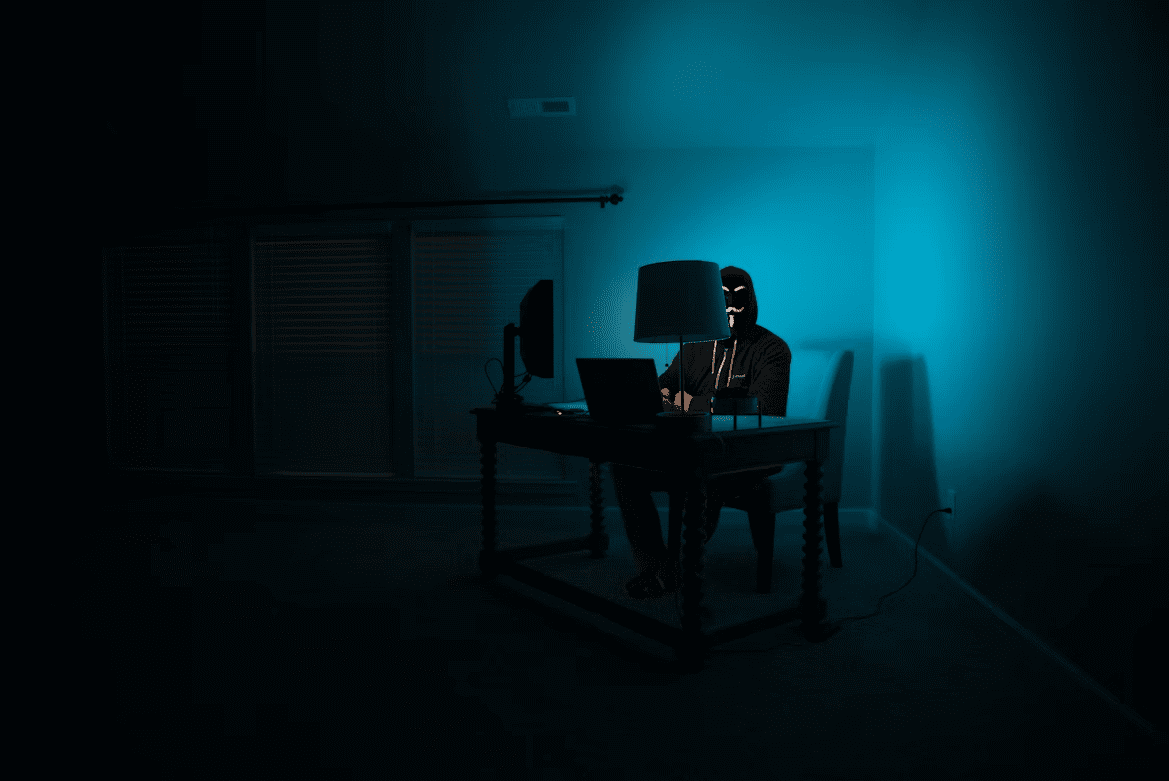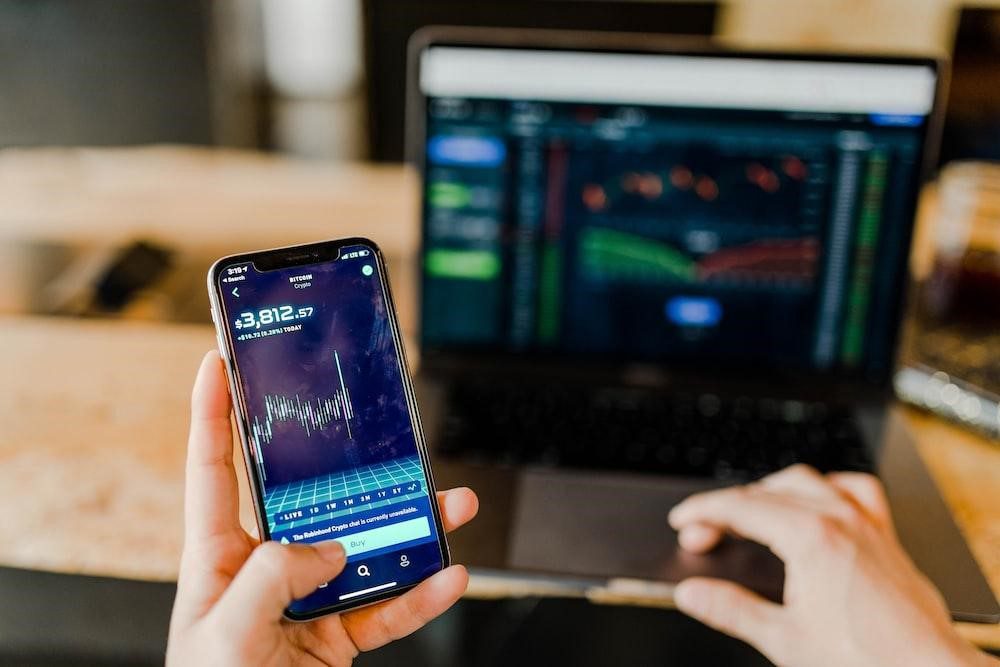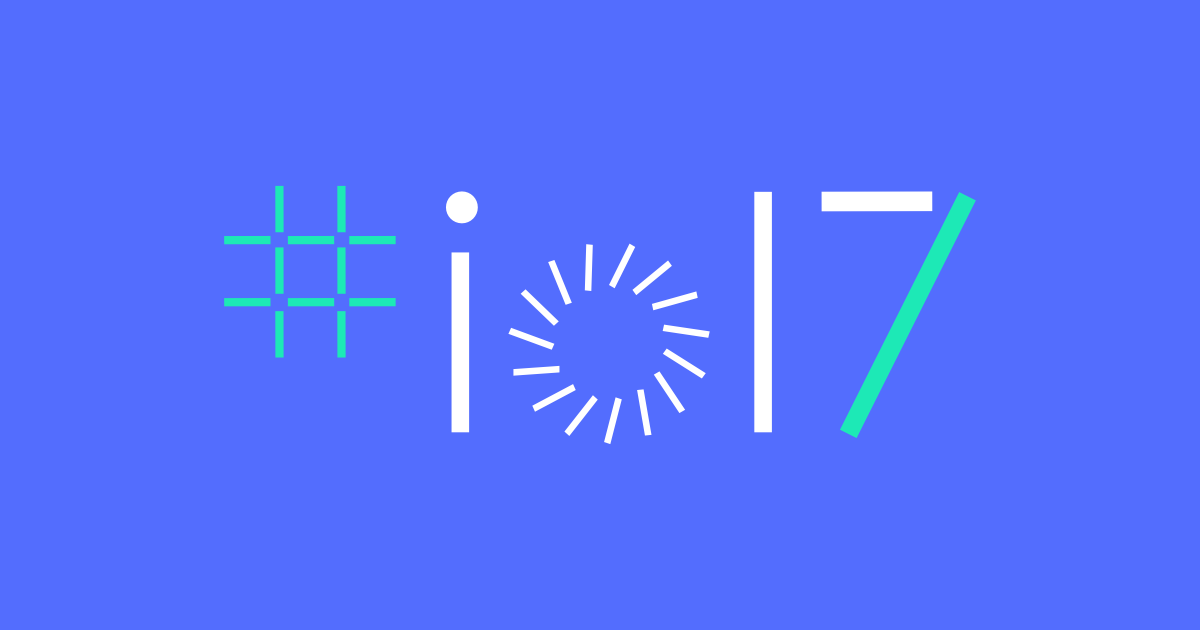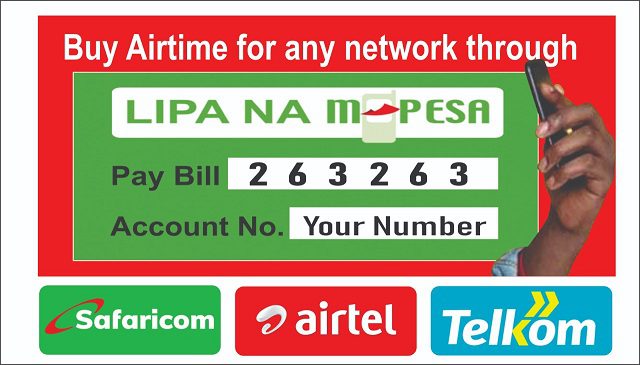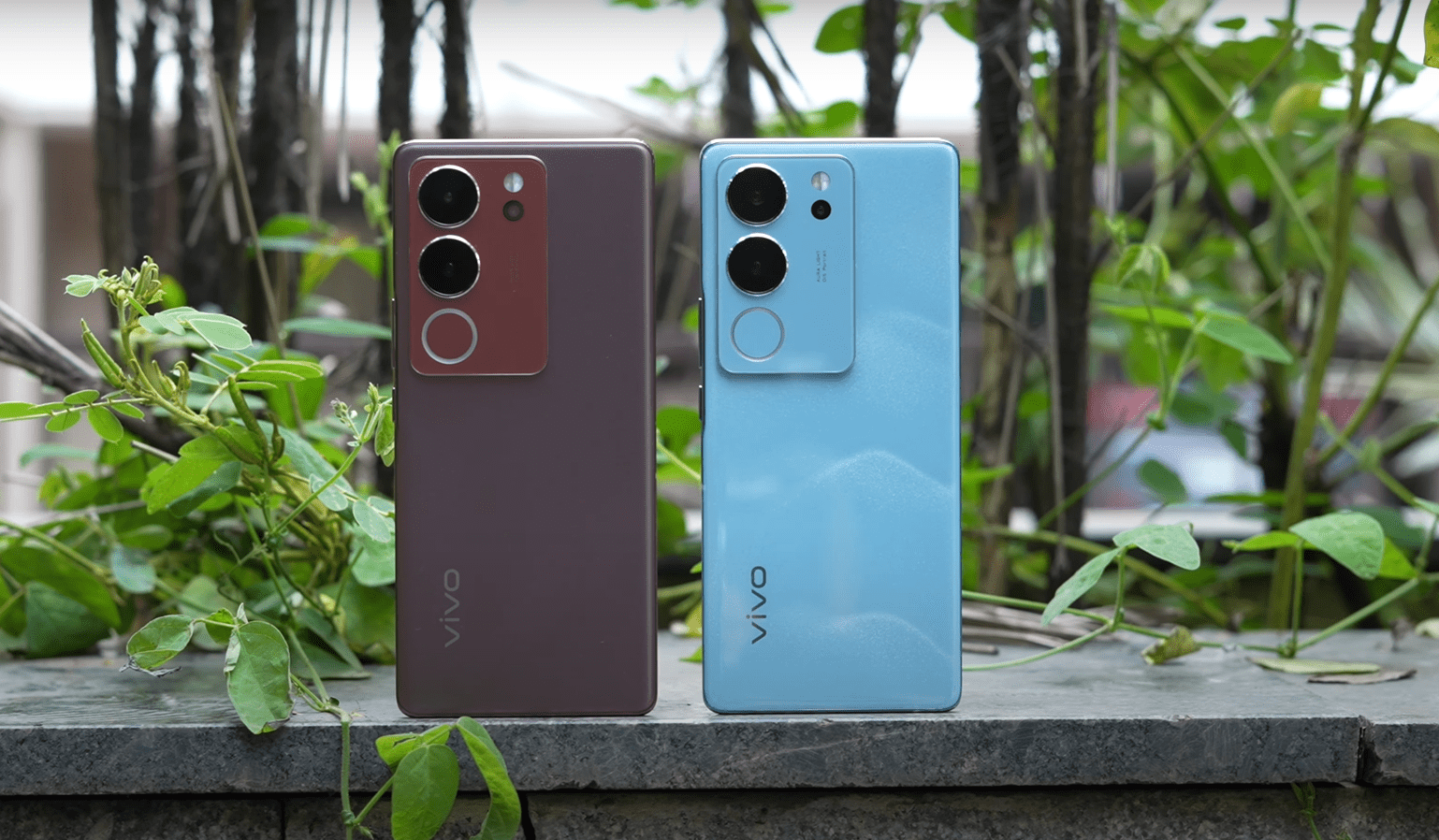Google’s annual I/O conference started yesterday and they used the opportunity to announce new features and improvements on their ecosystem.
Ecosystem update
Google revealed that we now have over 2 billion active Android devices which is quite the milestone for the operating system.
They also announced that Google Drive, their cloud platform is being used by over 800 million monthly active users worldwide.
Google second generation TPUs
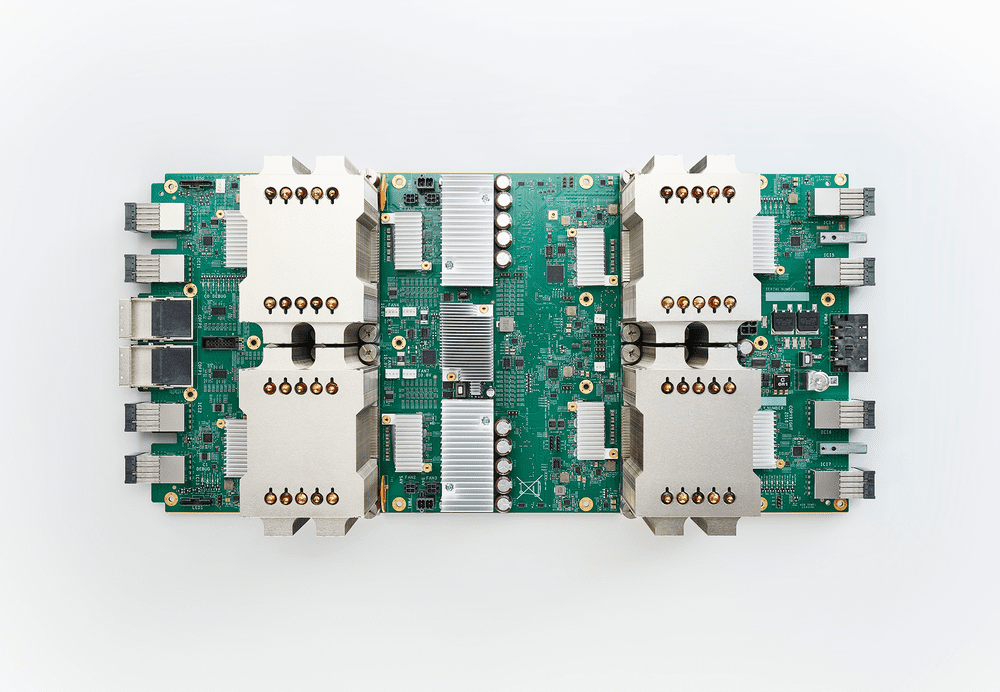

Google announced the second generation of their own custom processing units which they call Tensor Processing Units or TPUs.
The second generation TPUs can each deliver upto 180 teraflops that are connected using custom high speed networks which allows Google to build machine learning supercomputers that they term as TPU pods. Combined, these TPU pods provide 11.5 petafolops which is insane!
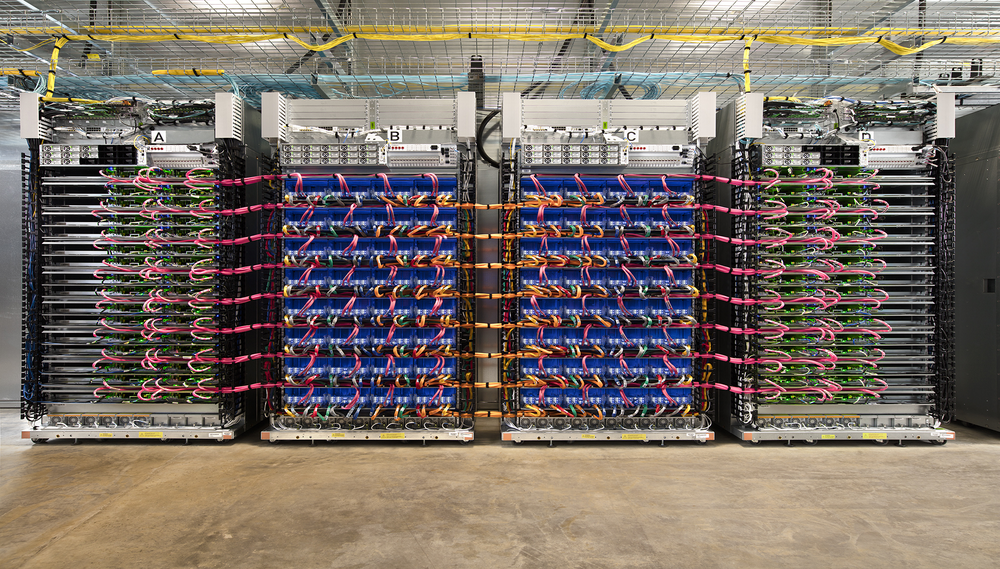

They have brought these new TPUs to Google’s Compute Engine so that they can be trained with Intel’s Skylake CPUs and NVIDIA GPUs for machine learning purposes.
Google Lens
Google announced Google Lens yesterday, which will use your smartphone camera to contextually understand what you are pointing at. Samsung’s Bixby has a new competitor
Google Assistant Everywhere
Google wants to spread Google Assistant’s wings by announcing a couple of things.
First, it will be available on the iPhone, which will make it in direct competition with Apple’s Siri.
Second, Google Lens will be integrated into the Assistant so that it can analyze the world around you using your smartphone’s camera.
Google also announced the Google Assistant SDK so that developers will be able to port Google Assistant features like natural language detection, voice control and hotword detection to more devices.
You will also be able to type on the Assistant, which is useful for those instances where you don’t want to use your voice to make a command.
Update to Google Photos
Google announced that Google Photos now has over 500 million active monthly users, which is good news for the AI powered gallery app. They also added new updates, which are:
- Suggested sharing which will use facial recognition on your photos and suggest which photos should be sent to your friends and family. If it identi
- Shared libraries where families will have a central collection of their photos so that anyone can add images easily. This will make sure that those
- Photo books where Google Photos will identify your best 40 photos and offer them as physical printed books. The soft cover will be $9.99 and the hard cover variant will be $19.99.
- Google Lens will also be integrated into Google Photos.
Google Home update
https://www.youtube.com/watch?v=dpnxTXILS4s
Google announced their Amazon Echo competitor, Google Home in last year’s I/O conference. They announced several updates to Google Home in this year’s conference, which include:
- Setting reminders and calendar entries
- Proactive assistance where Google Home will warn you of information like upcoming notifications or traffic jams.
- Integration with more streaming services like Deezer, Spotify and Soundcloud for music and Hulu and HBO Now for video.
- You will also be able to stream via Bluetooth
- There will be a TV interface
- Free voice calls to phones in Canada and the US based on your contact list.
Standalone VR headsets
Daydream has been Google’s take on the virtual reality platform. It was initially based on a simple concept of your phone being strapped on a Daydream ready headset so that you can watch VR content.
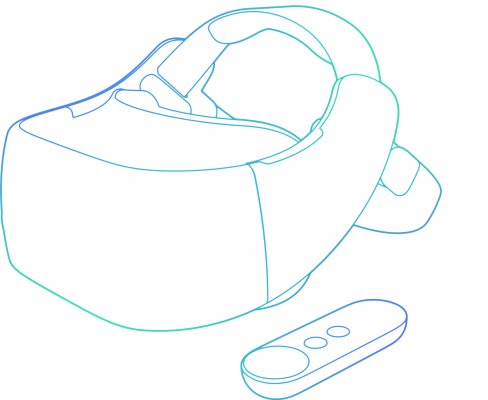

Google has ambition to expand the Daydream’s current system and they announced a partnership with HTC Vive and Lenovo where they will come up with standalone VR headsets.
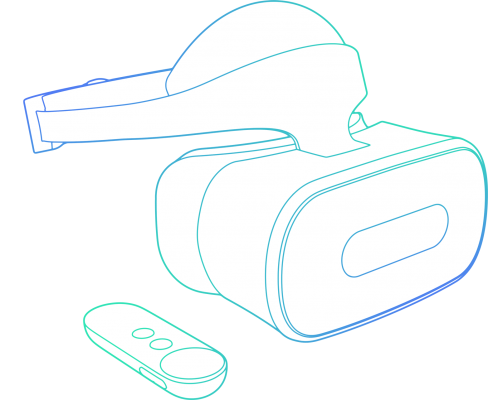

Unlike other standalone VR headsets, they won’t need to be connected to another party via long wires (like the ones Oculus Rift and Vive do with PCs). They will instead use what Google calls World Sense where it will allow you to lean, doge and duck within space without the need to set up any external sensors.
Android Go
Android Go is Google’s strategy to cater for those Android smartphones with very basic specifications.
It will be an optimized version of the latest Android release (Starting with O) so that they run smoothly on these devices. It will also come with a set of rebuilt Google apps that use less storage, memory and data. Android Go will also come with a version of the Play Store that will show you the whole app catalog, but will also highlight the apps that are designed for such slower devices.
These apps include the likes of YouTube Go which allows people with limited connectivity to access YouTube and share with others via peer to peer connectivity.
Starting with Android O, every Android update will have an Android Go configuration and it will target those smartphones with less than 1GB RAM.
Android O beta
This was one of the highly anticipated announcements for the day where we wanted to know the name for the next Android release.
Sadly, Google did not reveal what confectionery based name Android O would be called, but they released the beta version of it so that developers and enthusiasts alike could flash their devices to check it out.
You can check out Android O beta here. It is only available for the Google Pixel/XL/ C and the Nexus 5X/6P/Player.

